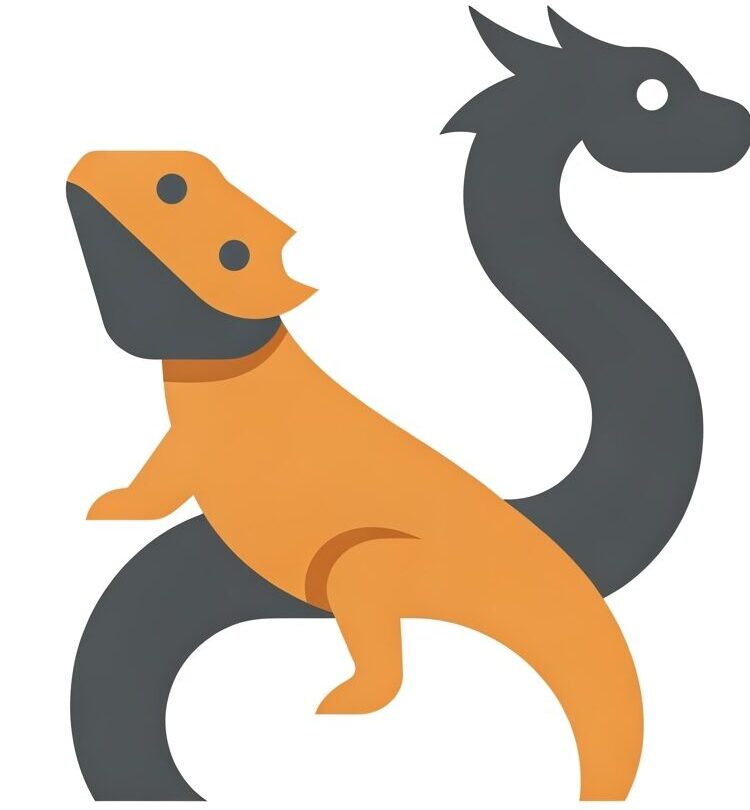Can Leopard Geckos Safely Eat Superworms? A Complete Guide
Leopard Geckos require a carefully balanced diet to thrive, and knowing which insects are safe and nutritious is crucial for their health. This article explores whether Superworms are a suitable food source for your Leopard Gecko.
The Short Answer (Is Superworms Safe?)
Yes, Superworms can be part of a Leopard Gecko’s diet, but they should only be offered occasionally and not as a primary food source. This is due to their higher fat content and tougher exoskeleton compared to other feeder insects.
Nutritional Value / Potential Risks
Superworms offer some nutritional value, providing protein and fat. However, their high fat content can contribute to obesity if fed too frequently, which can lead to serious health problems for your Leopard Gecko, like liver disease. They also have a relatively hard exoskeleton, which can be harder to digest and, in rare cases, may increase the risk of impaction, especially in younger geckos or those with pre-existing digestive issues.
- Pros: Offer protein and some vitamins/minerals, especially when gut-loaded.
- Cons: High fat content can lead to obesity. Tough exoskeleton can be difficult to digest and increase the risk of impaction. Calcium to phosphorus ratio is not ideal and needs to be balanced with supplementation.
How to Feed (If Applicable)
If you choose to offer Superworms, do so sparingly. Here’s how:
- Frequency: Offer Superworms no more than once or twice a week, and only offer a few at a time. Consider them a treat rather than a staple.
- Gut-Loading: Always gut-load your Superworms for 24-48 hours before feeding them to your gecko. This means feeding the Superworms nutritious foods like leafy greens, vegetables, and even commercial gut-loading diets to increase their nutritional value.
- Supplementation: Dust the Superworms with a calcium and vitamin D3 supplement before feeding them to your gecko to help balance the calcium to phosphorus ratio and prevent metabolic bone disease.
- Size: Ensure the Superworms are appropriately sized for your Leopard Gecko. A good rule of thumb is that the Superworm should be no larger than the space between your gecko’s eyes.
Important Considerations / Warnings
- Variety is Key: A varied diet is essential for a healthy Leopard Gecko. Relying solely on Superworms can lead to nutritional deficiencies. Offer a mix of crickets, mealworms, dubia roaches, and the occasional Superworm.
- Observe Your Gecko: After introducing Superworms, monitor your gecko’s droppings and behavior for any signs of digestive upset or impaction.
- Impaction Risk: If your Leopard Gecko is small or has a history of digestive issues, consider cutting the Superworm into smaller pieces before feeding to reduce the risk of impaction.
- Consult a Vet: If you have any concerns about your Leopard Gecko’s diet or health, consult with a veterinarian experienced in reptile care.
Conclusion
While Leopard Geckos can eat Superworms, they should be offered sparingly due to their high fat content and tougher exoskeleton. A varied diet consisting primarily of more nutritious and easier-to-digest insects like crickets and dubia roaches is crucial for your Leopard Gecko’s long-term health and well-being.
